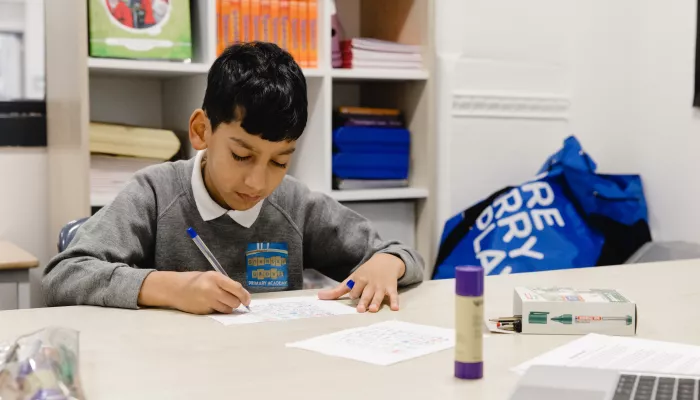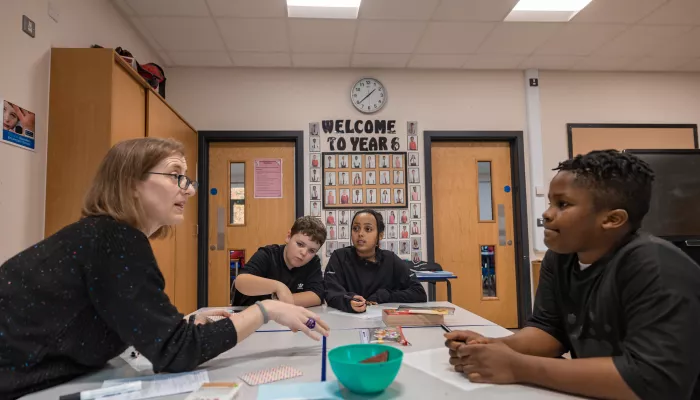FAQs
In primary schools, we offer tutoring in maths, reading, writing and SPaG (spelling, punctuation and grammar). Maths and reading are our two most popular tutoring subjects.
Our tutors are trained to work with Key Stage 2 pupils between Year 3 and Year 6. We are currently piloting some work with Key Stage 1 pupils and, if this is successful, plan to make this available to schools in future.
Small group sizes allow our tutors to tailor their sessions to the needs of each pupil. For this reason, our maximum group size is four pupils.
As a registered charity, we aim to narrow the attainment gap between pupils attracting Pupil Premium funding and their peers. We therefore want to work with as many of these pupils as possible and ask that, wherever possible, at least 75% of the tutoring cohort attract Pupil Premium, are Cared for Children, or are attending Alternative Provision or are at risk of exclusion.
If your school primarily serves a low-income community, we can be more flexible with this requirement.
We respect the fact that teachers in school are best placed to decide which pupils both need tutoring and will engage positively with our tutors. We know that the continued impact of the pandemic means that there are a broader range of pupils who may need additional support.
Please talk to us about which pupils you would like to receive tutoring and we can take it from there.
Our tutors can work with pupils at all levels of attainment, from those considerably below age-related expectations to those targeting Greater Depth in SATs. For small group tutoring, we ask that pupils are grouped with others of similar levels of attainment.
Mainstream primary tutors are able to work with pupils with mild to moderate SEND, but are not trained to work with pupils with severe SEND or those who demonstrate very challenging behaviour. If you are interested in tutoring for these pupils please explore our 1:1 Tutoring Plus offer.
That depends on the needs and wishes of the school. Most of our tutoring in primary schools takes place within the school day, often during the afternoon, with tutoring groups taken out of class to attend tutoring. Other schools prefer that tutoring takes place after school. If this is the case, we ask that you please nominate pupils who are able and willing to stay after school to participate in tutoring.
Please note that as tutors have to travel to your school, it can be quicker for us to source tutors for two or more consecutive hours of work.
We're happy to talk to you about the various models of tutoring available and how you see the programme working in your school. Get in touch with us here.
We ask that each pupil receives a minimum of 15 hours of tutoring. The most common model is for each pupil or group to receive one hour of tutoring per week, but some schools opt for more intensive programmes.

Get in touch
We'd love to have a conversation about options for tutoring at your school and answer any other questions that you have!

